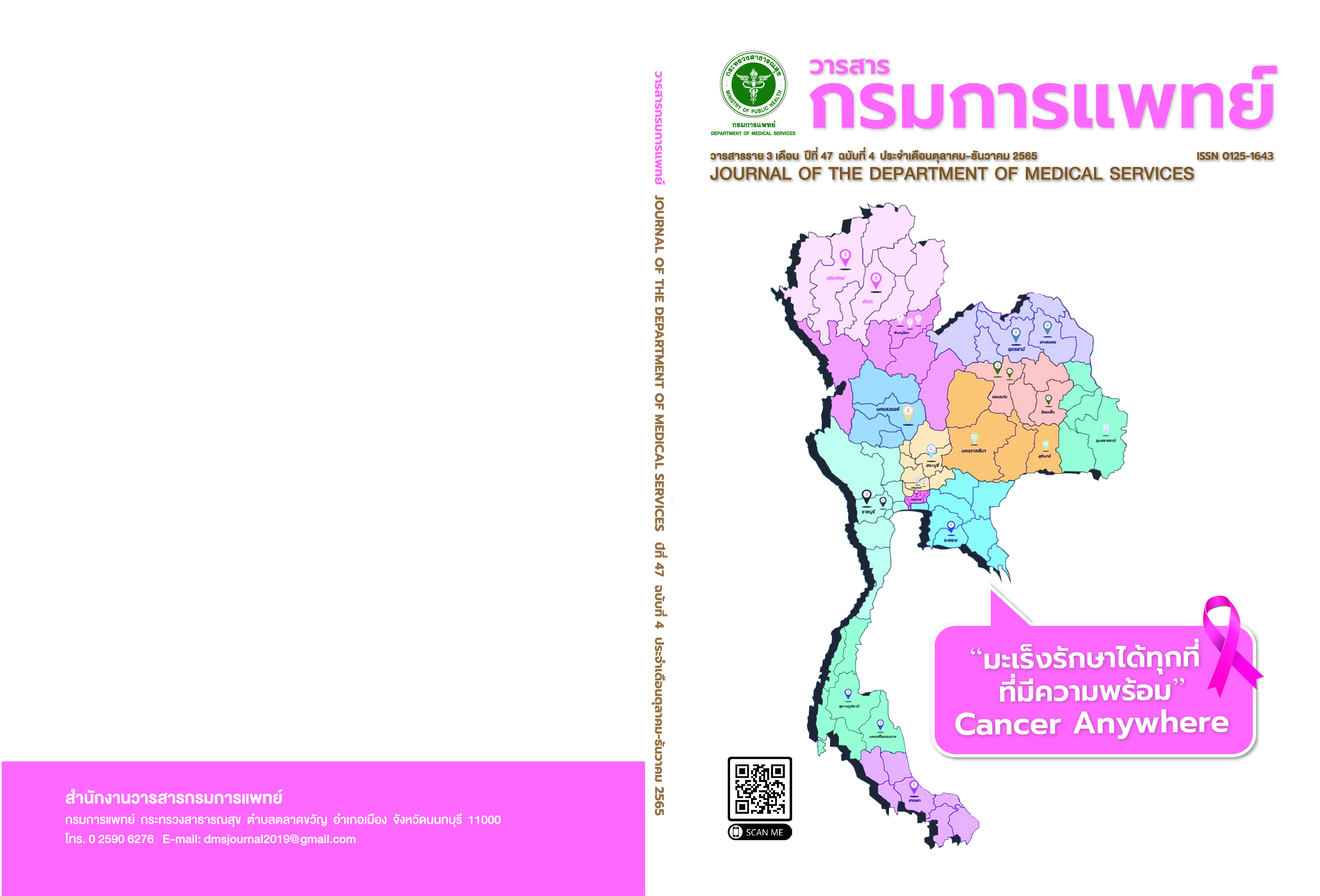Update Management of Patients with Subclinical Atrial Fibrillation
Keywords:
atrial fibrillation, ischemic stroke, anticoagulantAbstract
Subclinical Atrial Fibrillation (AF) is defined as atrial high-rate episode (AHRE) in cardiovascular implantableelectronic devices (CIEDs) confirmed as AF, atrial flutter, or atrial tachycardia. In addition, there are other commercializedor medical equipment which can detect subclinical AF such as Apple watch, Zio® XT patch, Holter/event monitor,and implantable loop recorder (ILR) (e.g., Reveal LINQ®). These smartwatches have been studied in several previoustrials. They can detect AF by using pulse photoplethysmography. If they detect an irregular pulse, they will illustratethe possible AF which should be confirmed by the 12-lead electrocardiography. Previous trials have shown thatAF may be a risk marker or a direct cause of ischemic stroke. Up to now, there has been a lack of data regardinganticoagulants in patients with subclinical AF. According to American Heart Association (AHA), European Society ofCardiology (ESC), and Asia Pacific Heart Rhythm Society (APHRS), consideration of a stroke risk by using CHA2DS2-VASc score, and AHRE/AF burden is recommended and should be practiced in order to decide whether patients withsubclinical AF should be prescribed anticoagulants.
References
Hindricks G, Potpara T, Dagres N, Arbelo E, Bax JJ, BlomstrÖm-Lundqvist C et al. 2020 ESC Guidelines for the diagnosisand management of atrial fbrillation developed in collaboration with the European Association for Cardio-Thoracic Surgery(EACTS). Eur Heart J.2021;42(5): 373–498.
Pollak WM, Simmons JD, Interian A Jr, Castellanos A, Myerburg RJ,Mitrani RD. Pacemaker diagnostics: a critical appraisal of currenttechnology. Pacing Clin Electrophysiol.2003;26 (1 Pt 1):76-98.
Chen-Scarabelli C, Scarabelli TM, Ellenbogen KA, Halperin JL.Device-detected atrial fbrillation: what to do with asymptomaticpatients? J Am Coll Cardiol. 2015;65(3): 281–94.
Noseworthy PA, Kaufman ES, Chen LY, Chung MK, Elkind MSV,Joglar JA et al. Subclinical and Device-Detected Atrial Fibrillation:Pondering the Knowledge Gap: A Scientifc Statement From theAmerican Heart Association. Circulation. 2019;140(25): e944-63.
Perez MV, Mahaffey KW, Hedlin H, Rumsfeld JS, Garcia A, Ferris Tet al. Large-Scale Assessment of a Smartwatch to Identify AtrialFibrillation. N Engl J Med. 2019;381(20):1909-17.
Dörr M, Nohturfft V, Brasier N, Bosshard E, Djurdjevic A, Gross Set al. The WATCH AF Trial: SmartWATCHes for Detection of AtrialFibrillation. JACC Clin Electrophysiol. 2019;5(2):199-208.
Guo Y, Wang H, Zhang H, Liu T, Liang Z, Xia Y et al. MobilePhotoplethysmographic Technology to Detect Atrial Fibrillation.J Am Coll Cardiol. 2019;74(19):2365-75.
Strik M, Ploux S, Ramirez FD, Abu-Alrub S, Jaîs P, HaïssaguerreM et al. Smartwatch-based detection of cardiac arrhythmias:Beyond the differentiation between sinus rhythm and atrialfbrillation. Heart Rhythm. 2021;18(9):1524-32.
Chan NY, Orchard J, Agbayani MJ, Boddington D, Chao TF,Johar S et al. 2021 Asia Pacifc Heart Rhythm Society (APHRS)practice guidance on atrial fbrillation screening. J Arrhythm.2021;38(1):31-49.
Glotzer TV, Daoud EG, Wyse G, Singer DE, Ezekowitz MD, HilkerC et al. The relationship between daily atrial tachyarrhythmiaburden from implantable device diagnostics and stroke risk: theTRENDS study. Circ Arrhythm Electrophysiol. 2009;2(5):474-80.
Healey JS, Connolly SJ, Gold MR, Israel CW, Gelder ICV, CapucciA et al. Subclinical atrial fbrillation and the risk of stroke. N EnglJ Med 2012; 366(2):120-9.
Gelder ICV, Healey JS, Crijns HJGM, Wang J, Hohnloser SH,Gold MR et al. Duration of device-detected subclinical atrialfbrillation and occurrence of stroke in ASSERT. Eur Heart J.2017;38(17):1339-44.
Daoud EG, Glotzer TV, Wyse DG, Ezekowitz MD, Hilker C, Koehler J et al. Temporal relationship of atrial tachyarrhythmias,cerebrovascular events, and systemic emboli based on storeddevice data: a subgroup analysis of TRENDS. Heart Rhythm2011;8(9):1416 –23.
Brambatti M, Connolly SJ, Gold MR, Morillo CA, Capucci A,Muto C et al. Temporal relationship between subclinical atrialfbrillation and embolic events. Circulation. 2014;129(21):2094-9.
Kamel H, Okin PM, Elkind MSV, Iadecola C. Atrial Fibrillationand Mechanisms of Stroke: Time for a New Model. Stroke.2016;47(3):895-900.
Martin DT, Bersohn MM, Waldo AL, Wathen MS, Choucair WK,Lip GYH et al. Randomized trial of atrial arrhythmia monitoring to guide anticoagulation in patients with implanteddefbrillator and cardiac resynchronization devices. Eur Heart J.2015;36(26):1660–8.
Chan NY, Orchard J, Agbayani MJ, Boddington D, Chao TF, JoharS et al. 2021 Asia Pacifc Heart Rhythm Society (APHRS) practiceguidance on atrial fbrillation screening. J Arrhythm. 2021;38(1):31-49.
Downloads
Published
How to Cite
Issue
Section
License
Copyright (c) 2022 Department of Medical Services, Ministry of Public Health

This work is licensed under a Creative Commons Attribution-NonCommercial-NoDerivatives 4.0 International License.
บทความที่ได้รับการตีพิมพ์เป็นลิขสิทธิ์ของกรมการแพทย์ กระทรวงสาธารณสุข
ข้อความและข้อคิดเห็นต่างๆ เป็นของผู้เขียนบทความ ไม่ใช่ความเห็นของกองบรรณาธิการหรือของวารสารกรมการแพทย์



